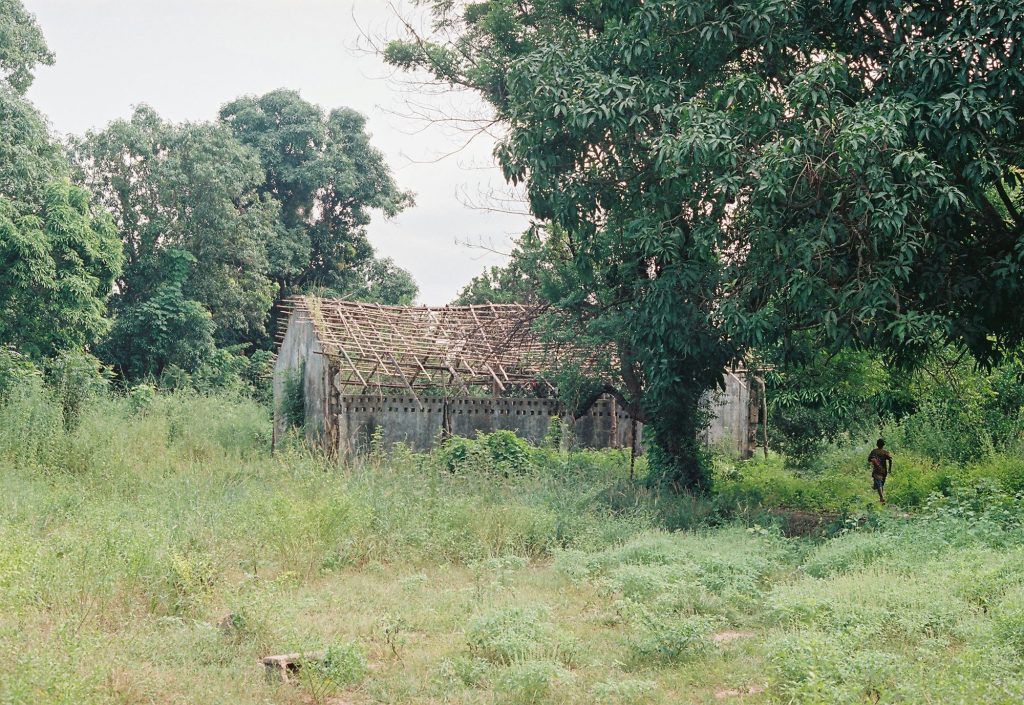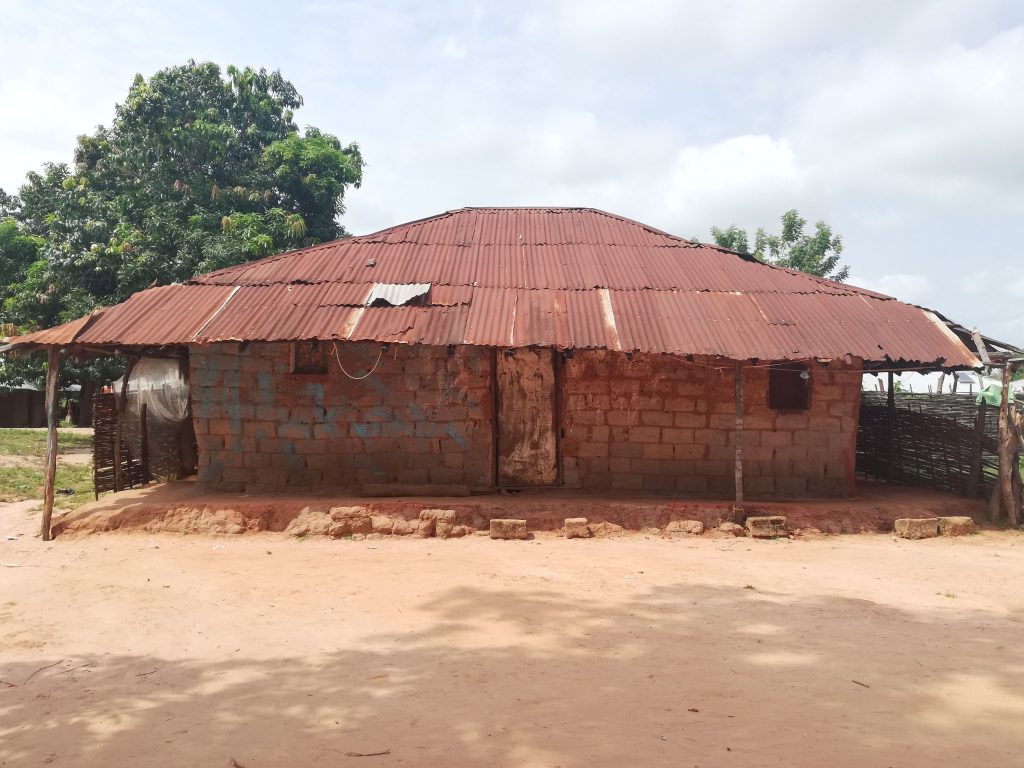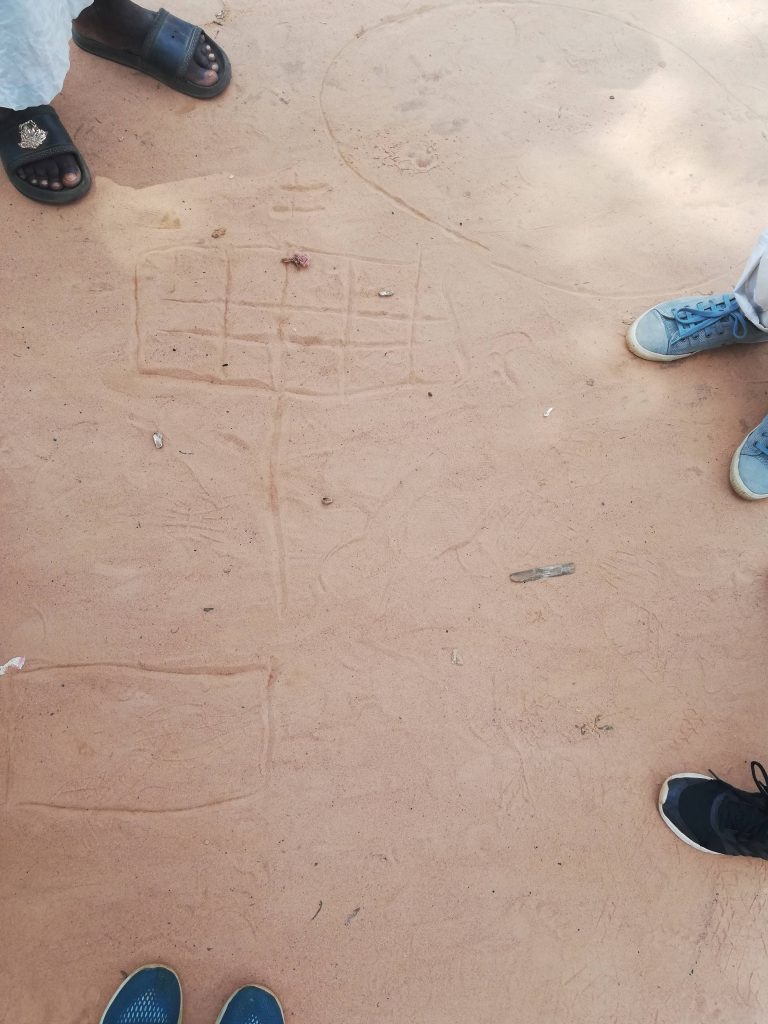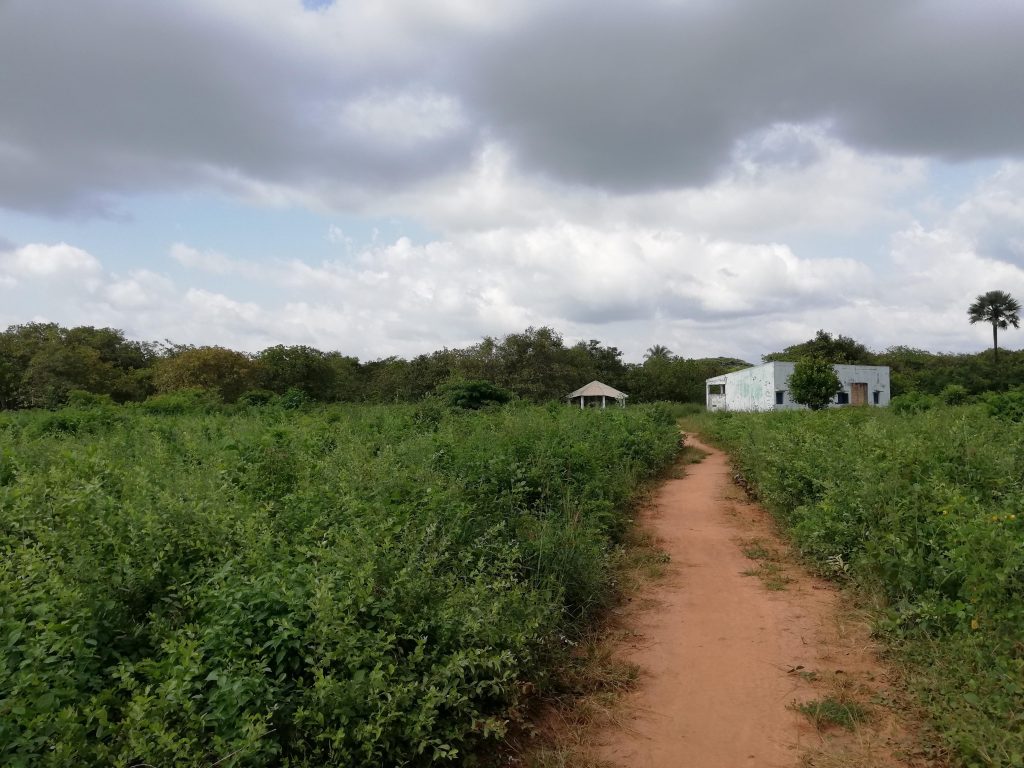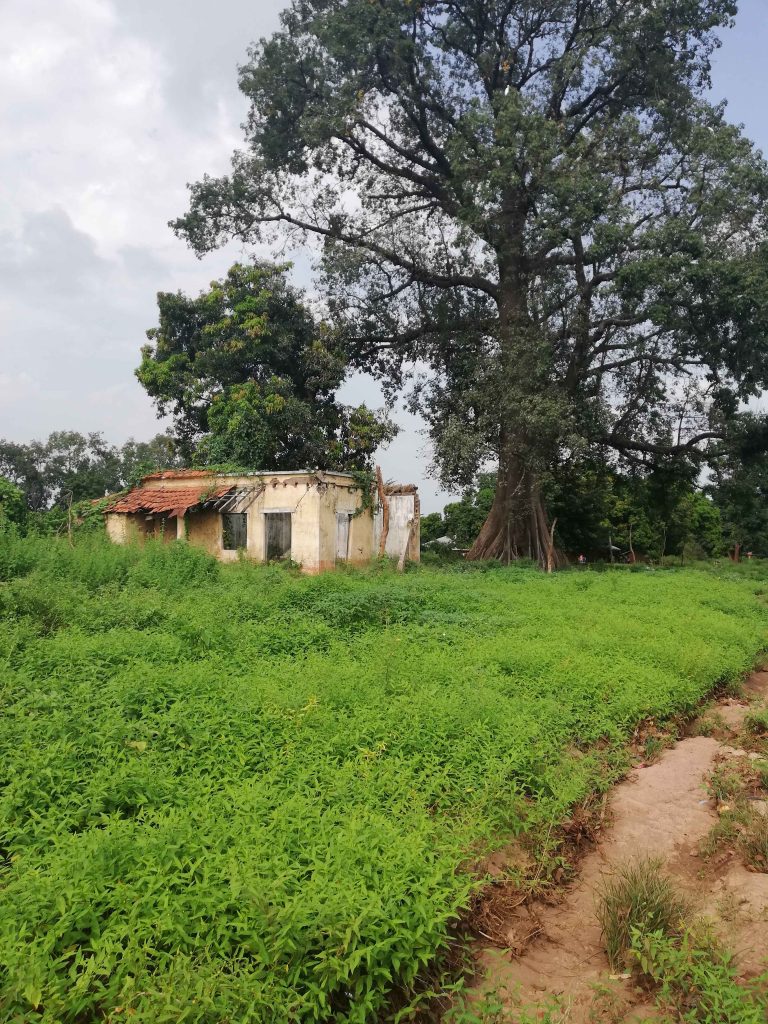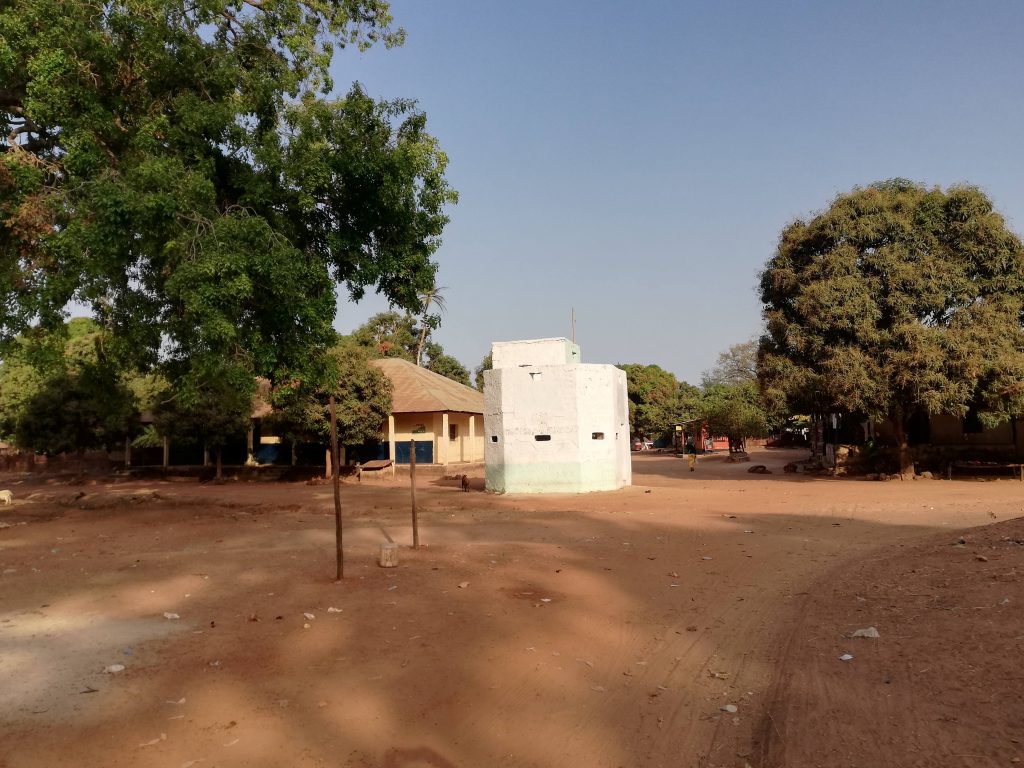STRATEGIC VILLAGES, GUINEA-BISSAU
Between 1968 and 1974, during the last years of the colonial/liberation war, under the general governor António de Spínola, between 60 to 140 “new” villages were built in Guinea-Bissau with the aim of regrouping rural population living in strategic war zones (e.g., borders, proximity to rivers, populated areas etc.). These villages, known with the term of reordenamentos populacionais (“populational resettlements”), provided rural population with basic housing conditions, collective facilities and water supply. In few years, by “winning hearts and minds” of the Guinean population, the Portuguese army achieved to coordinate the construction of approximately 8313 houses, 196 schools, 51 sanitary posts, but also new roads, bridges and airstrips built mostly by African labour.
How to cite
ArchLabour: Architecture Colonialism and Labour (P.I. Ana Vaz Milheiro, ERC-funded 10.3030/101096606, 2024-2028). Strategic Villages, Guinea-Bissau. Accessed on 3rd December 2025. Available at: https://archlabour.iscte-iul.pt/strategic-villages-guinea-bissau/
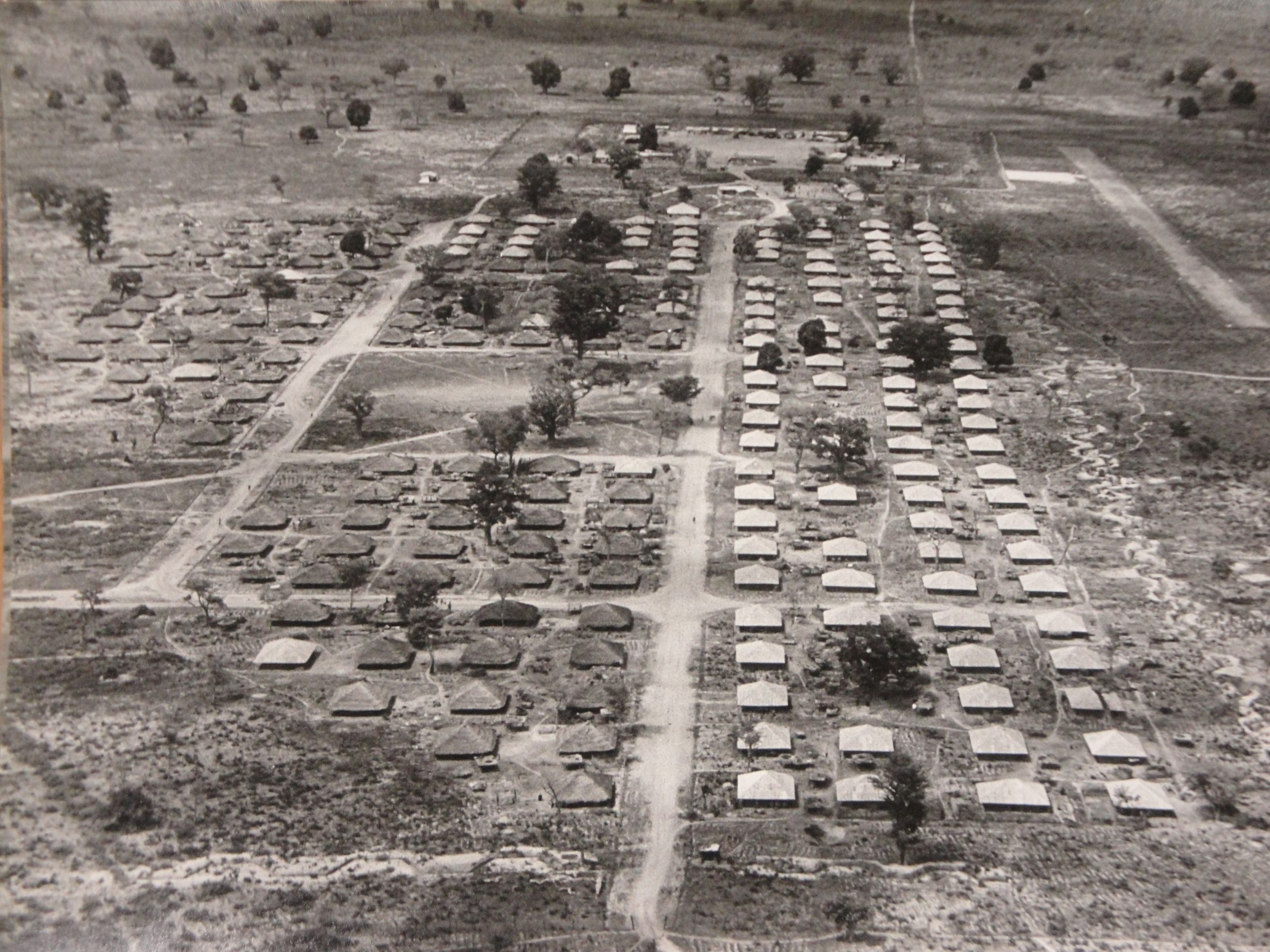
01
Plan & Construction
The villages were laid out following a grid plan, which varied in the number of houses and overall layout depending on the characteristics of each site (e.g. number of people to be resettled, geographic conditions, etc.). It is not consensual who designed the new village plan. Sometimes its layout was sketched by the army Engineer-in-chief on the ground (e.g., Nhabijões village), in other cases it was drawn by draftsmen at the Engineering Battalion headquarter in Bissau or by PWD technicians. The types of houses built consisted of four-roomed houses made of adobe bricks, with either thatched or corrugated roofs. Community facilities, including a primary school, warehouse, sanitary post, fountains and wells, could be built incrementally, depending on available resources.
02
Labour
The planning and construction of the resettled villages were undertaken by both military and civil actors. According to Spínola’s guidelines, the division of labour was very clear. The local Public Works Department, through the Urbanization Working Group of Guinea-Bissau, was responsible for designing the village urbanization plans to be implemented by the army on the ground, as well as the house. On the contrary, the army ensured the security of the construction sites and the implementation of the villages by deploying skilled laborers to supervise construction and labour works. The army was also responsible to provide building materials and equipment on site, including heavy machinery.

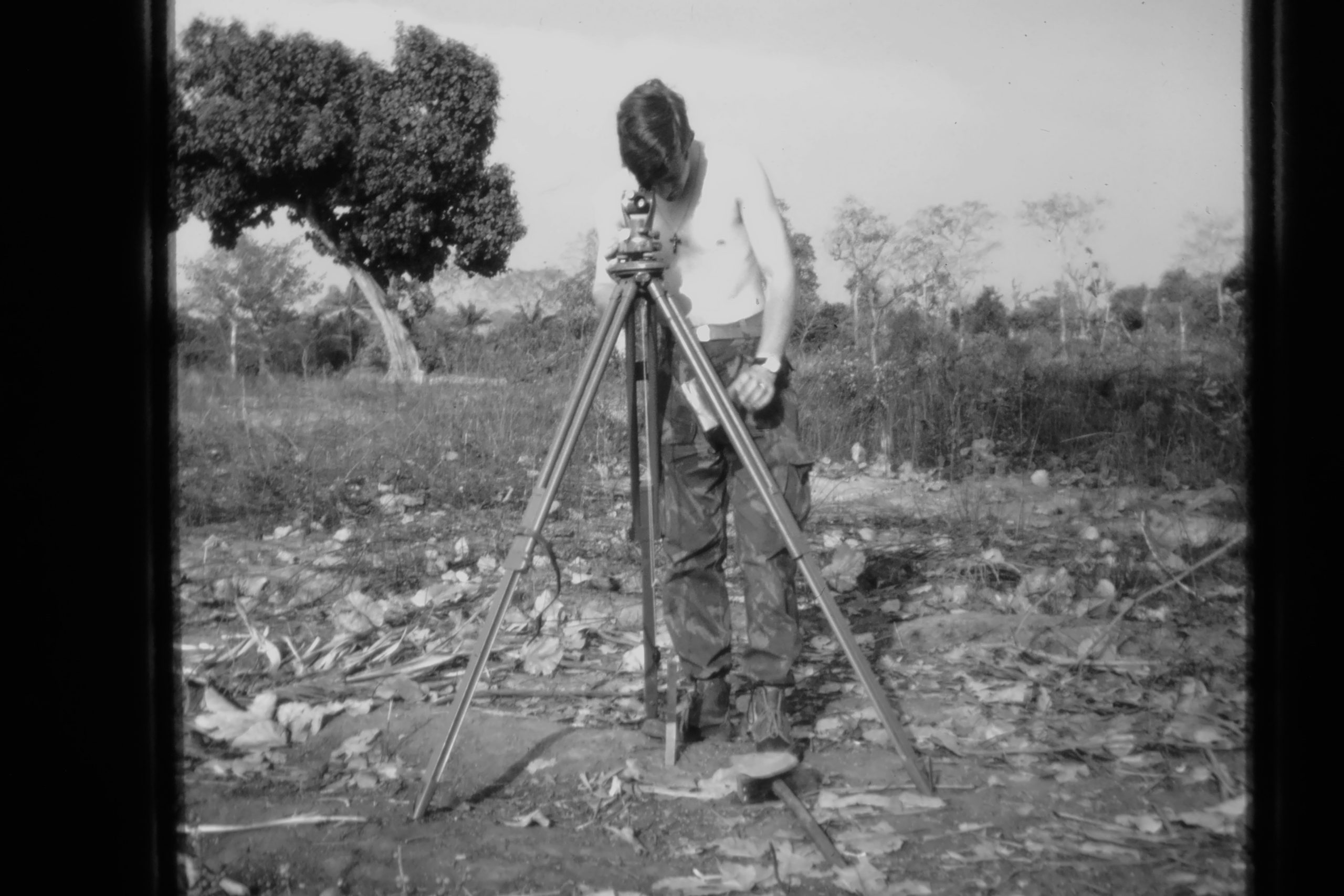
03
Skills & Technologies
The construction of a new village required both intellectual and manual labour. Intellectual labour encompassed all the stages prior to construction and was carried out by the army and the PWD. Site verification and survey (both territorial and population-based) was usually undertaken by military units of “Recognition and Information.” The design of a new village was the responsibility of the PWD, although it sometimes happened that plans were sketched directly on the ground by military engineers themselves. Manual labour was primarily carried out by male members of the displaced population and included tasks such as land clearing, adobe brick and palm pole production, construction of houses and buildings, and wells excavation. Women were also present at building sites, usually tasked with carrying water and providing food for both military and civilian workers.
Fieldwork
Photographs and Drawings
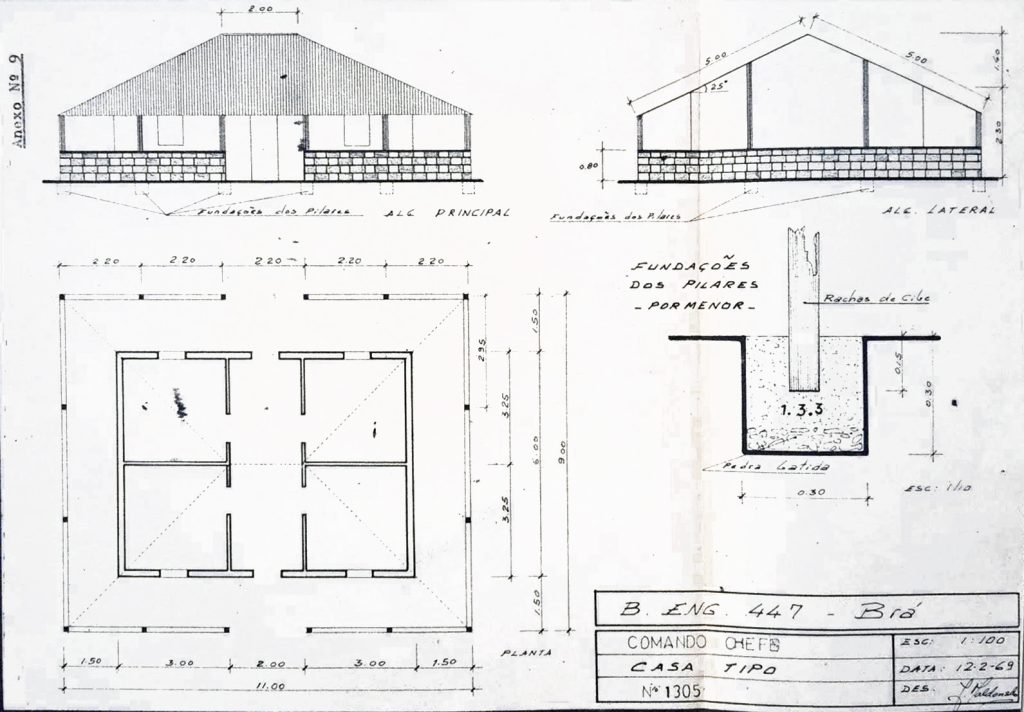
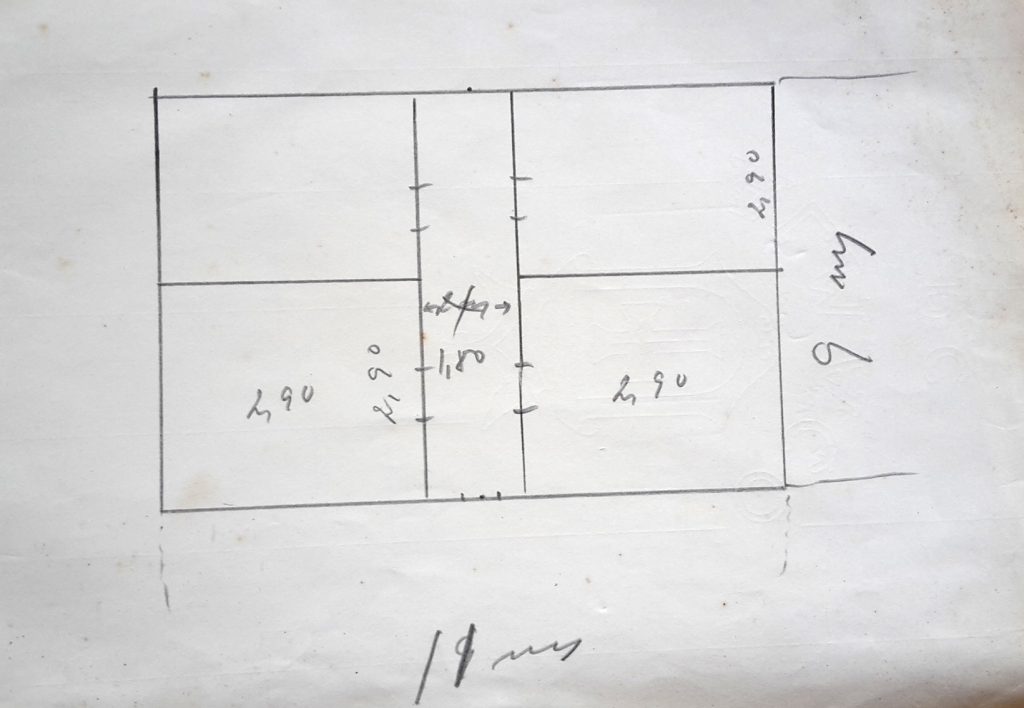
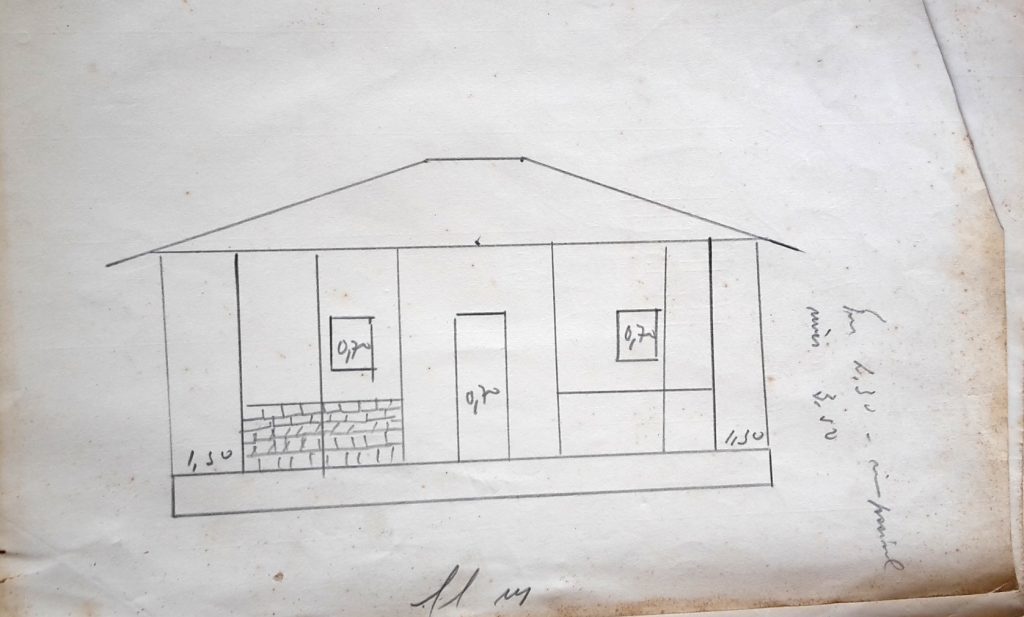
Related Outputs


